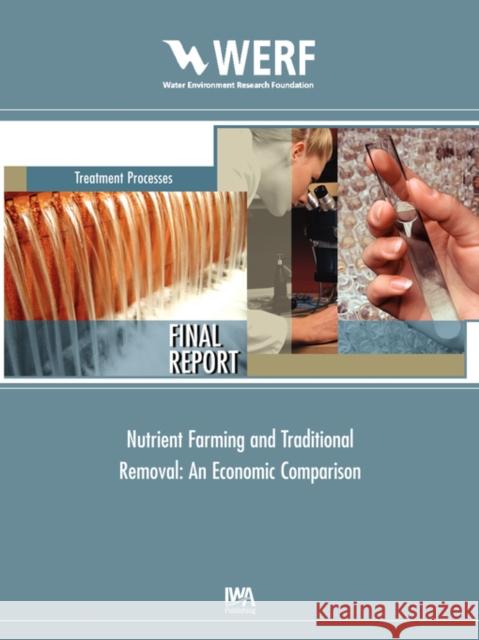Nutrient Farming and Traditional Removal » książka
Nutrient Farming and Traditional Removal
ISBN-13: 9781843397335 / Angielski / Miękka / 2005 / 58 str.
The purpose of this study was to assess the economic feasibility of using large-scale, restored wetlands to assist publicly owned treatment works (POTWs) in meeting the U.S. Environmental Protection Agency's (USEPA) recommended criteria for nutrients, specifically, total nitrogen (2.18 mg/l) and total phosphorous (0.076 mg/l). The assessment compares the cost of nutrient control by advanced wastewater treatment technology to that of wetland treatment technology. The comparison was based on several economic factors: annual operating costs, average costs, marginal costs, and present value. To explore the economic relationship between wastewater and treatment wetlands and to quantify the magnitude of wetland area needed, a case study was developed using the seven water reclamation plants (WRPs) owned and operated by the Metropolitan Water Reclamation District of Greater Chicago (MWRDGC) and proposed treatment wetlands located adjacent to the Illinois River in the upper Illinois River watershed. Cost functions for both technologies were developed.











